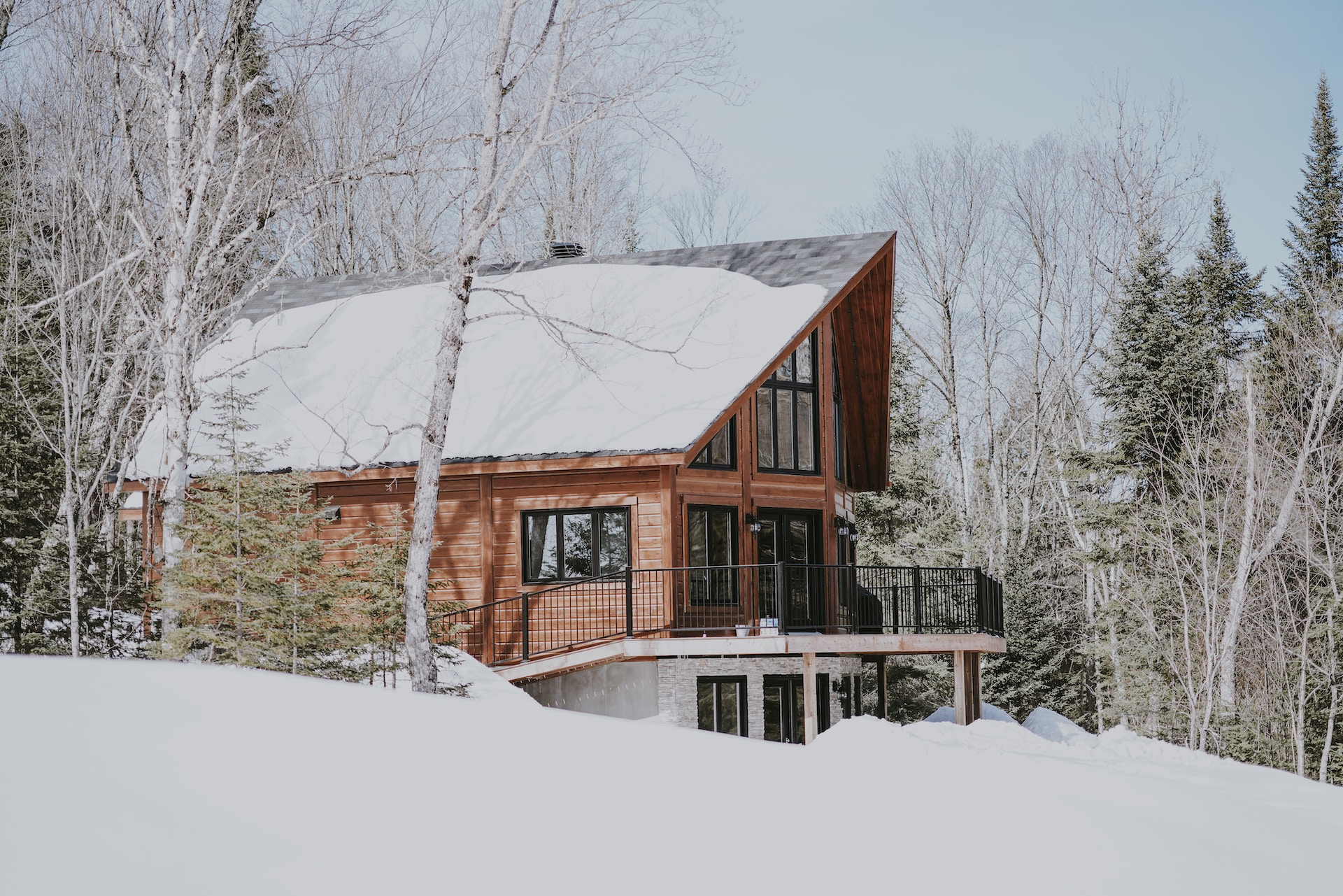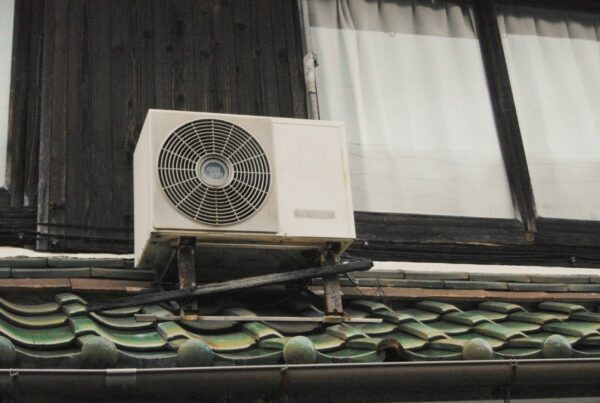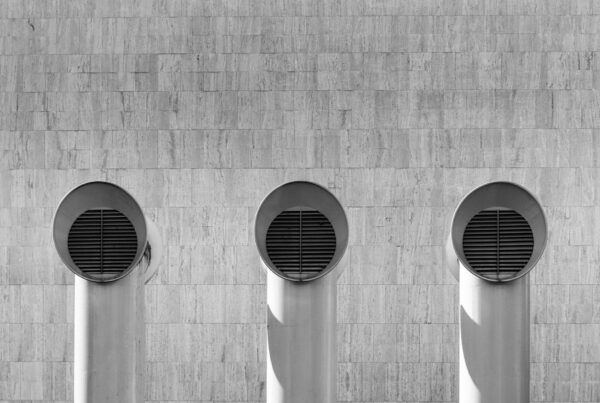Last Updated on January 1, 2024
As winter’s chill creeps in, it’s time for you to turn your attention to the cozy sanctuary you call home. There’s something magical about the season – the crackling fireplace, steaming mugs of cocoa, and snowfall outside your window. But to truly savor winter’s delights, you must ensure your home is ready to embrace the cold with open arms.
Did you know, according to the U.S. Department of Energy, the average American household spends about 45% of their energy bill on heating during winter? This significant expense makes it crucial for you to prepare your home effectively.
In this article, we will walk you through essential winter preparations for your home. These tips will help you save money, stay comfortable, and avoid potential issues, making your home a haven during winter.
So, stick to the end!
Check Insulation
Evaluating your home’s insulation is the first step in creating a warm and energy-efficient environment for the winter. Begin by scrutinizing the insulation throughout your dwelling, focusing on areas prone to heat loss.
Examine your walls, attic, and floors for any signs of inadequacy or deterioration in the insulation. Look out for gaps, worn-out insulation, or areas where insulation may be lacking altogether. These weak points can be a significant source of heat loss, leading to higher heating costs and reduced comfort.
To rectify any issues, consider adding insulation where needed or replacing old, ineffective insulation. Use weatherstripping to seal gaps around doors and windows, and apply caulking to seal cracks and crevices.
Proper insulation is an investment that pays off through lower energy bills and a cozier home during the chilly winter months.
Heating System Maintenance
Your heating system is the heart of your winter comfort, and ensuring its optimal performance is crucial for a warm and efficient home. Begin by scheduling professional maintenance for your heating system. This involves cleaning or replacing filters, checking for leaks, and fine-tuning their efficiency.
Remember to stock up on heating oil if your system relies on it, as this essential fuel source ensures your heating system runs smoothly throughout the cold season.
But yes, it can be costly, so it is best to opt for a seller who sells premium fuel at discounted rates. Now, you might be wondering how to find the lowest prices sellers. You can do this by contacting suppliers directly or using online tools that provide real-time price comparisons. Consider joining a heating oil buying group, where consumers team up to purchase oil in bulk, often securing discounted rates.
Additionally, keep an eye out for seasonal promotions and discounts offered by oil suppliers, as these can lead to significant savings on your winter heating expenses.
Protect Pipes
Shielding your pipes from the freezing grasp of winter is vital to prevent costly damage and inconvenient plumbing issues. Insulated pipes are essential, especially in vulnerable areas like basements, crawl spaces, and attics. Insulation sleeves or foam wraps are readily available and can provide effective protection against freezing temperatures.
Additionally, consider letting your faucets drip slowly when frigid weather is on the horizon. This keeps water moving through the pipes, reducing the likelihood of freezing. Ensure both hot and cold water faucets are left slightly open, as this small flow can prevent pipe blockages and bursts.
Don’t forget to insulate outdoor faucets and hose bibs as well, as they are particularly susceptible to freezing. Disconnect and store garden hoses before winter arrives to prevent damage to both the hose and the faucet.
Chimney and Fireplace
Your chimney and fireplace offer a warm and inviting focal point during winter. Regular maintenance is essential to ensure they operate safely and efficiently,
Begin by scheduling a professional chimney sweep and inspection. Over time, creosote buildup in the chimney can become a fire hazard. A trained expert will clean the chimney, remove any obstructions or creosote deposits, and ensure it’s safe.
Next, check that the damper is functioning correctly. The damper controls airflow and prevents drafts when the fireplace is unused. Ensure it opens and closes smoothly to keep cold air from entering your home.
Inspect the fireplace for any cracks, loose bricks, or damaged components. Addressing these issues promptly to maintain both safety and efficiency.
Additionally, stock up on firewood or other fuel sources, such as propane or pellets, if your fireplace relies on them. An ample supply ensures you’re ready to create a cozy ambiance when the temperatures drop.
Closing Lines
We hope you found this article insightful. By taking these precautions, you’ll be well-equipped to face the challenges of winter while turning your home into a haven of warmth and security. So, embark on these winter preparations and confidently embrace the season, knowing that your home is ready to weather the cold months ahead.
Stay cozy, stay safe, and make the most of the winter season!





